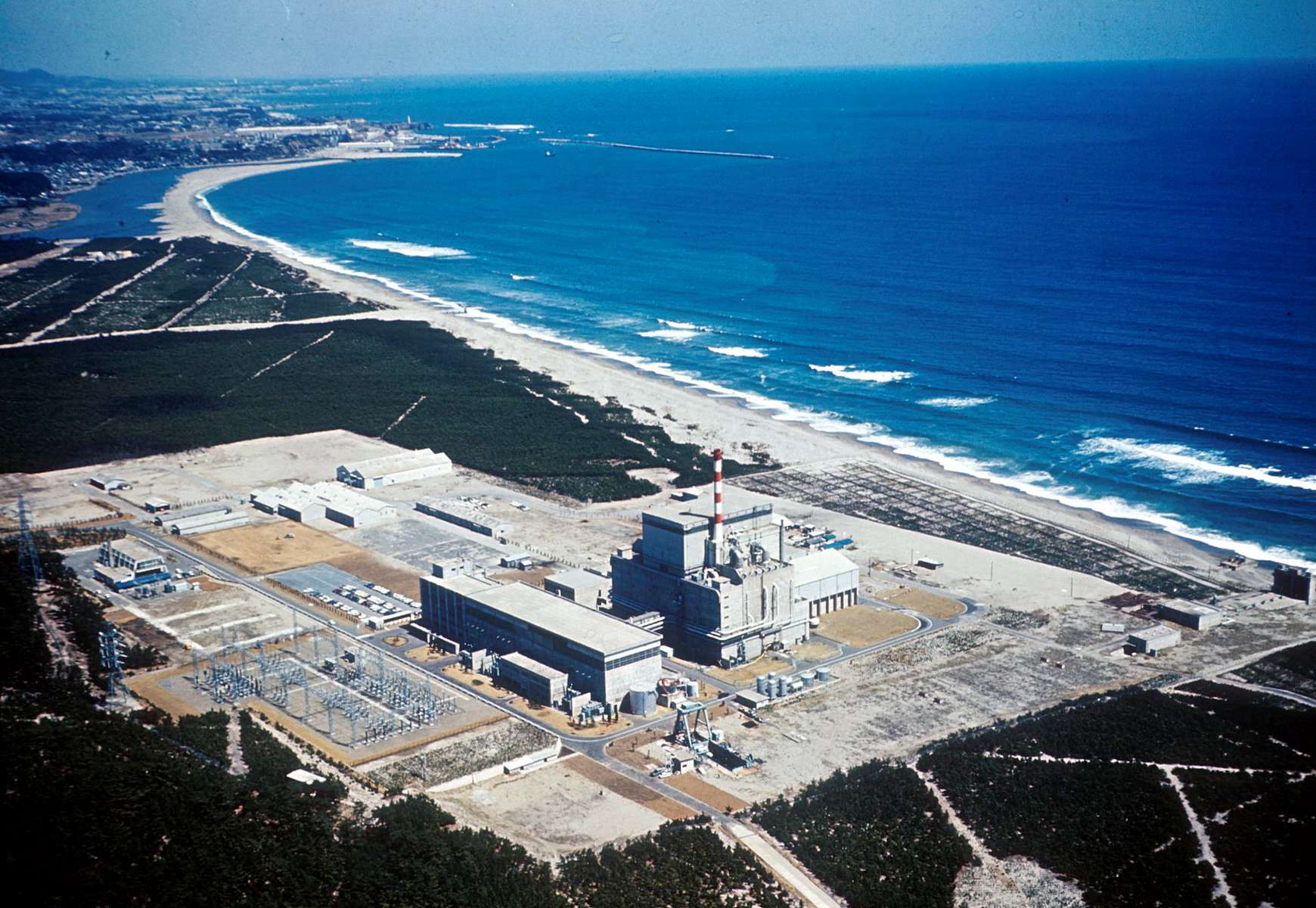
Japan is probably the fairest case of what nuclear energy can serve to all the living beings on earth. It has a long history of nuclear energy from the atomic bombs dropped on Nagasaki and Hiroshima, to the Fukushima meltdown caused by an earthquake on the northeastern part of Japan in March 2011. Events like this killed and disabled thousands of Japanese people with radiation poisoning. In one such event, a normal worker named Hisashi Ouchi confronted the sufferings of hell on earth, when he was exposed to the highest amount of radiation any human has ever been exposed to in the world's documented history. This whole case remained as one of the most vital cautionary tales in Japan's painful nuclear history.
Hisashi Ouchi was an employee at the Tokaimura Nuclear Power Plant, which was given an assignment of reprocessing uranium by a company named JCO. The company was utilising unfair transfer practices, and outdated equipment, with less-trained or untrained workers on duty. On September 30, 1999, Hisashi was pouring a potent solution of uranyl nitrate into a containment tank that was incapable to handle the amounts of radioactive material it was meant to process, soon the tank reached critical mass and a nuclear fission chain reaction developed. A loud banging noise and an intense blue flash appeared, as immense amounts of neutron beams and gamma radiation filled the room. The detailed description was prepared by International Atomic Energy Agency with the help of the event's only survivor Yutaka Yokokawa. Yutaka explains that he and others were viewing the transfer from behind a desk about 15 feet away. A man named Masato Shinohara stood closer while Hisashi was performing his task. When the rescue team arrived at the event, the team was able to move Hisashi from the accident site, but by that time he had been exposed to 17 sieverts of radiation, more than twice what is generally considered a fatal level of exposure. It led Hisashi Ouchi experiencing light-headedness, nausea, dizziness and vomiting in the decontamination room. Hisashi's teammate Shinohara displayed similar but milder symptoms but died on April 2000. Only Yokokawa survived this incident what is known as “Criticality Accident” in the nuclear power circles.

Source: washingtonpost.com
For Hisashi Ouchi, his initial symptoms in the decontamination room were just a start. He was soon transported to the National Institute of Radiological Sciences and put in a room for observation and treatment. Hisashi was extremely stable for days afterwards and even joked around and talked to the nurses about going home. However, he was going to face the worst of what can happen when humans treat other humans as guinea pigs of science. When Hisashi's health suddenly got extremely serious and he was about to die, the doctors did a micrograph of his bone marrow. They discovered that his chromosomes were destroyed and his white blood cells count was completely drained.
Doctors used many methods of treatment, comprising an early, experimental test of stem cell therapy on him. The machinations keeping Hisashi Ouchi alive rose increasingly intense as his situation worsened. The radiation poisoning largely damaged his chromosomes, and his internal organs wreaked, causing organ failure and a loss of bowel control. 3 weeks later his intestines began to tumble and were given as many as 10 blood transfusions over 12 hours. Ouchi's skin and flesh tore and began to fall off in front of the doctors and places where he would loose skin were seeping blood and fluids. Hisashi Ouchi's wife remembers him bleeding out of his eyes like he was crying blood. Hisashi lost most of his body fluids and was surviving through the blood transfusions. Doctors also tried skin transplants on his nearly nonexistent skin base. While in pain, he wrote some notes like, “Please Stop”, “No more”, “Mom”, and “I am going home”. He was also put into a coma for a short time when his symptoms became too painful for him. 2 months after the disaster, Hisashi's body continually diminished, the average of his heartbeats was 120 per minute and the strains on it immersed.
On November 27, Hisashi's heart stopped, but he was still revived 3 times despite begging for his death. The doctors' procedures kept getting more complicated, as their interest in studying Ouchi's condition and reactions replaced their concern for his brutal sufferings. Scientists and medical professionals claimed that the data they collected from Hisashi would be useful for future radiation-based injuries. His family members also held out hope for a long time following the accident that Ouchi may somehow recover from the accident. Near to Hisashi's end, he was begging the doctors to allow him to die, and he was reportedly telling them, “I am not a guinea pig”.
Ultimately, a do-not-resuscitate order was put into effect, and when Hisashi suffered a serious cardiac arrest and his vitals began shutting down, doctors finally allowed Hisashi Ouchi to die on December 21, 1999. A book was written by the NHK TV crew, “A Slow Death: 83 Days of Radiation Sickness”, which covered the overview of how the nuclear power company and medical agencies blamed each other over Hisashi's brutal death, and his family directly or indirectly, allowed this to happen. Hisashi Ouchi was finally dead, rather than endure what those in that hospital rooms were doing to him in the name of science. No human being should ever be made to feel like they are nothing more than a guinea pig with an unbearably painful exit from the world, but can you really choose who is responsible for Hisashi Ouchi's 83 days of hell and the brutal death?
___________________________________
Reference:
- www.world-nuclear.org
- www.wikipedia.org
- www.washingtonpost.com
- www.japantimes.co.jp
